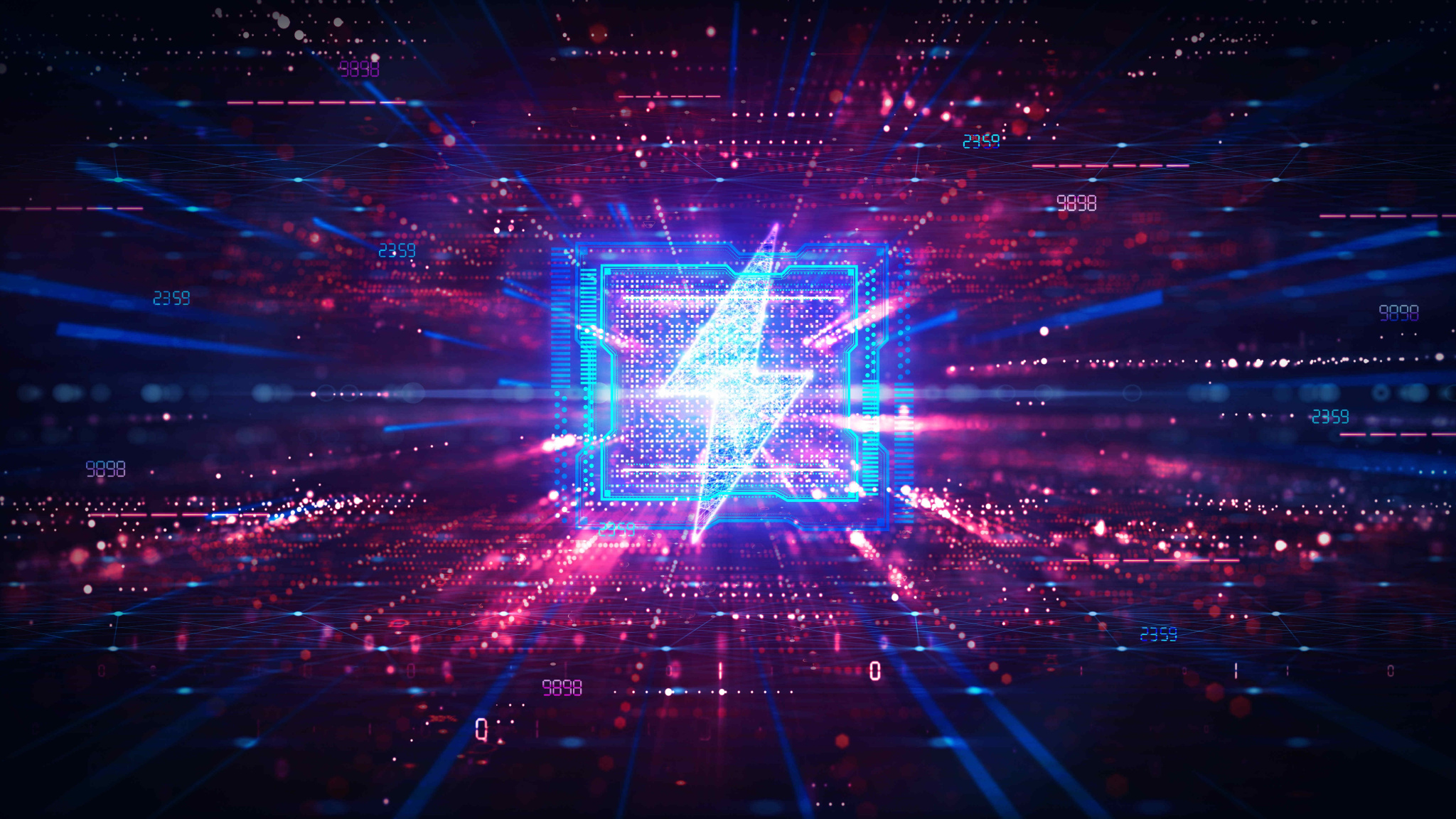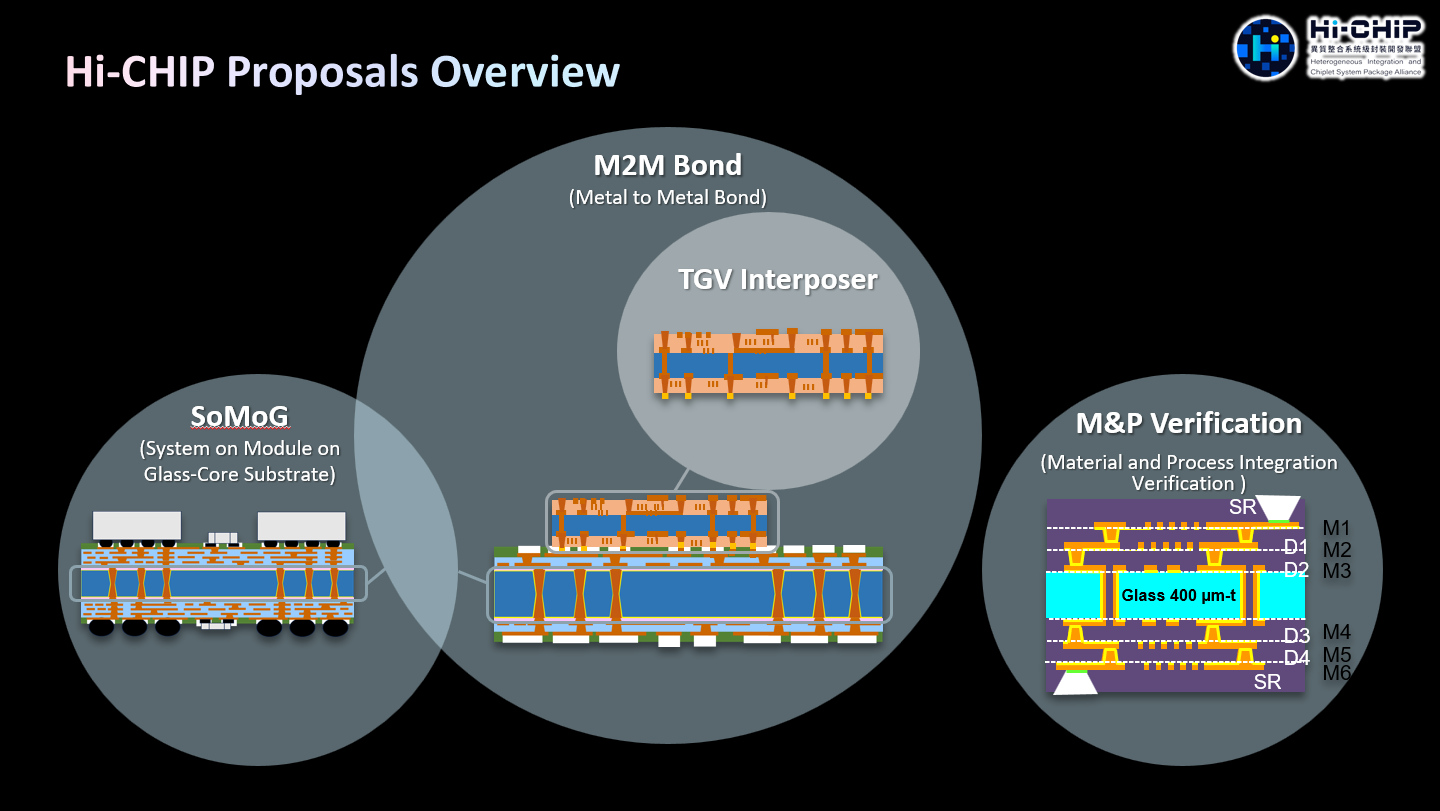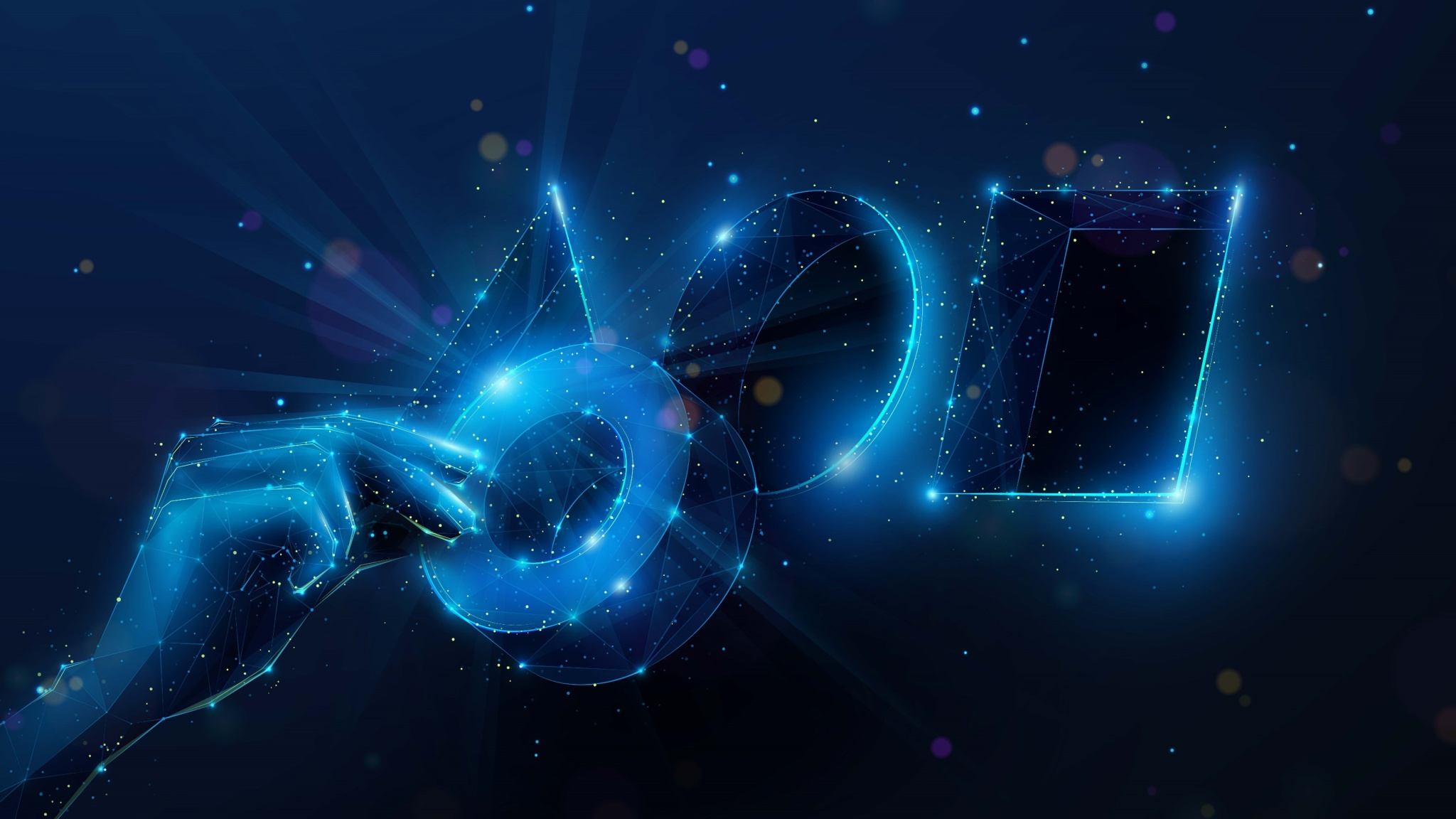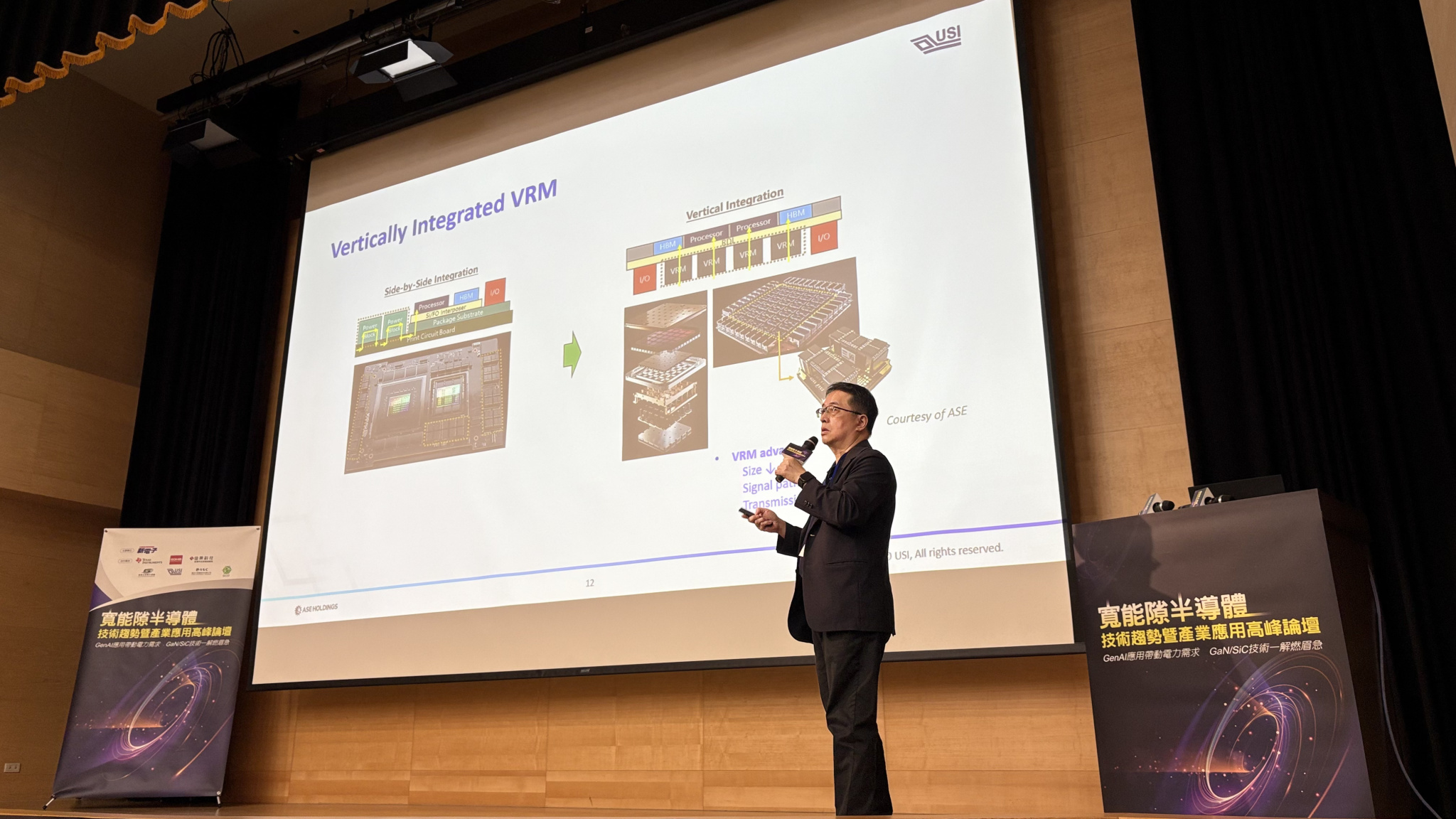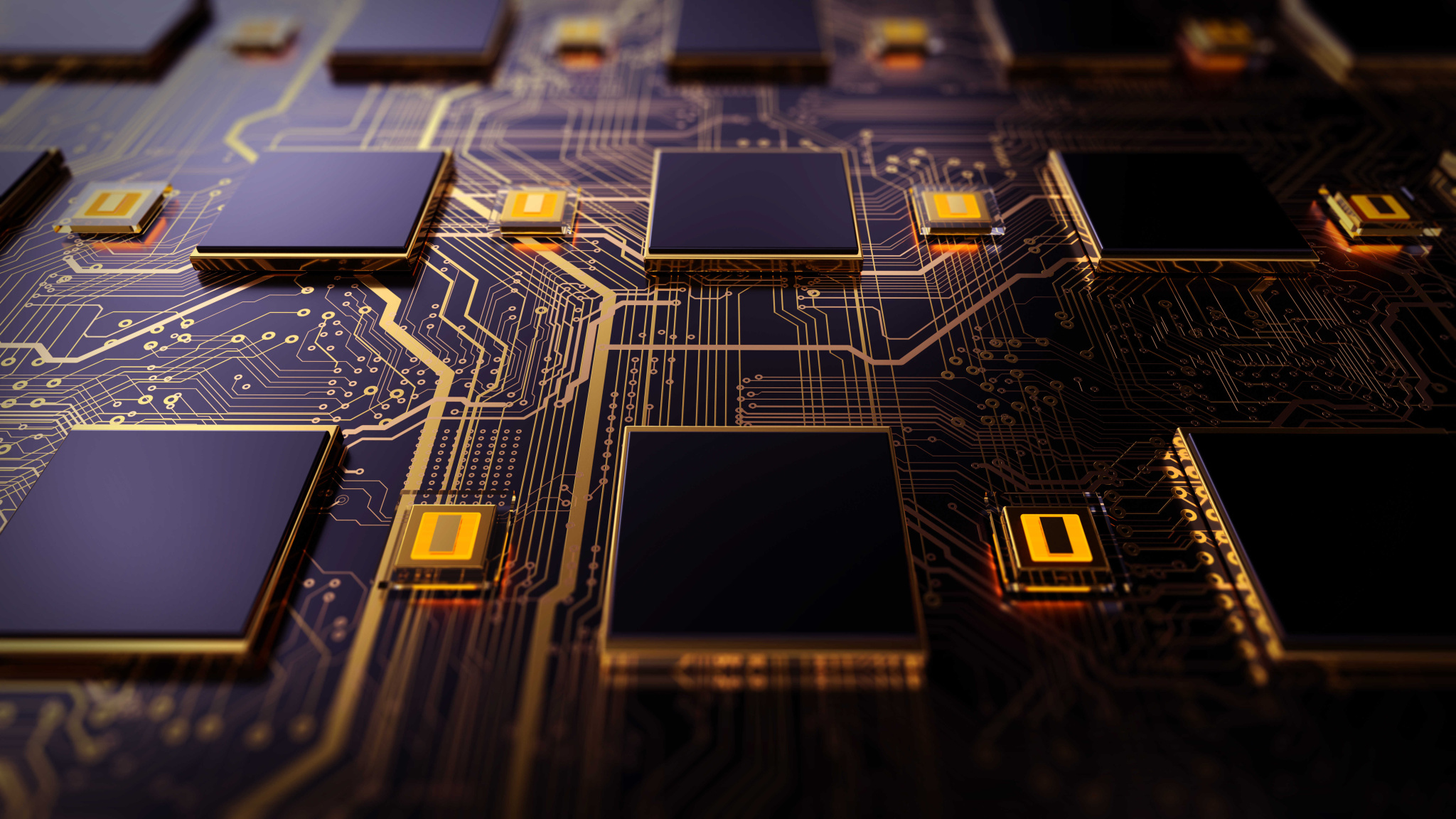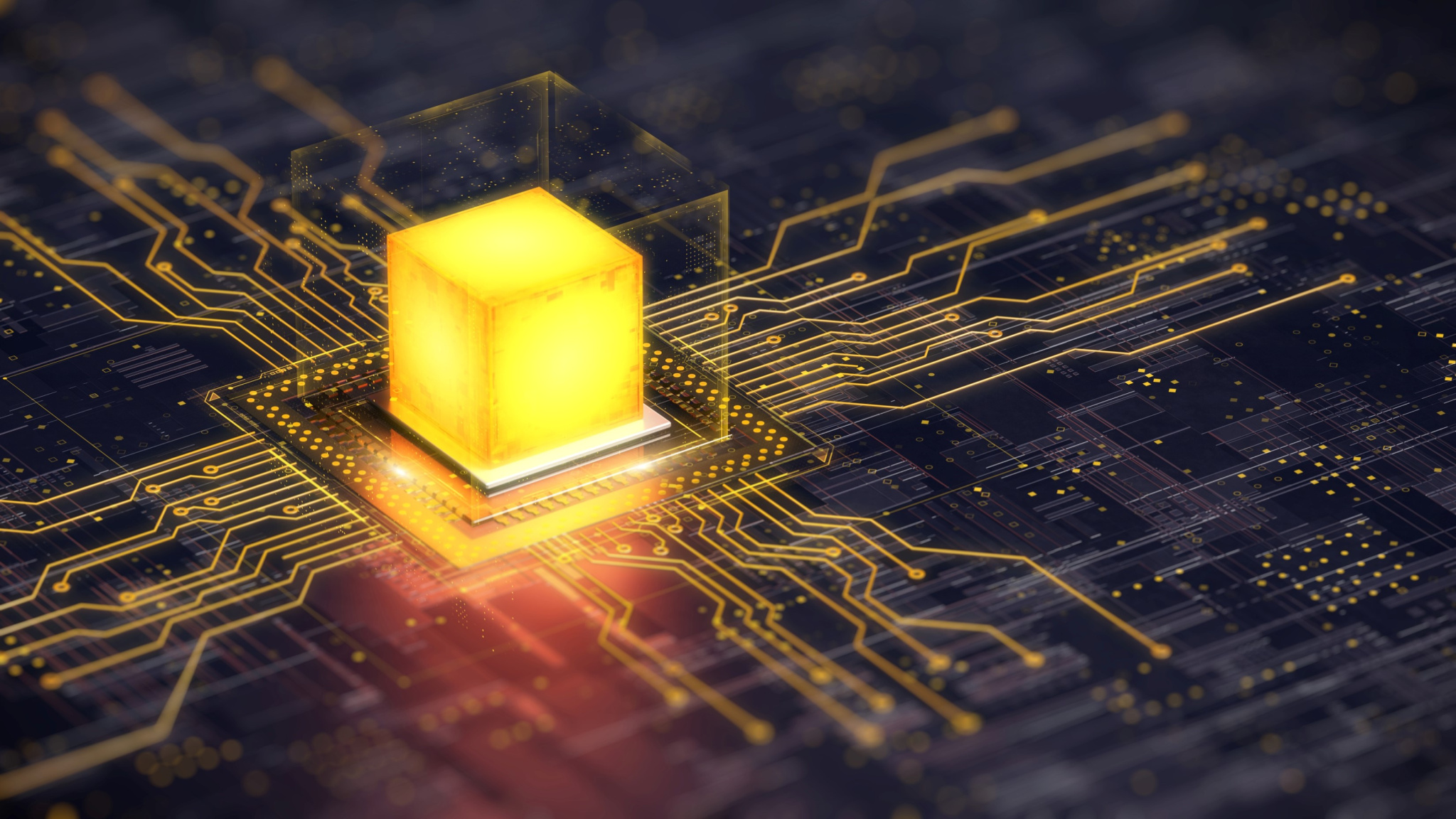Search
- 05/17/2021
EV Powertrain: Car Powertrain and how Electric Powertrain manufacturing could be the next thing to trend?
If you're trying to strive and thrive in the Electronic Vehicle (EV) industry how EV Powertrain is needed to help EVs function fully or partially on electric power. EV Powertrain enhances EVs' function as they ensure lesser moving parts and are much more environmentally friendly as they use little or no fossil fuels (petrol or diesel). EVs use little fossil fuel in case they're partially dependent on electric power and no fossil fuels when it's fully electric powered.
So if you're relatively new in the industry and have no idea about where to start, we can give you an idea of the following: What is a car powertrain? Or what is powertrain manufacturing? Or who are the major electric powertrain manufacturers? Or what is EV powertrain manufacturing and who are the major EV powertrain manufacturers?
What is Car Powertrain or EV Powertrain?
EVs consist of a lot more than what is visible on the surface, like infotainment and navigation platforms, onboard charging systems, and designs to ensure providing clean and efficient power is essential. But the most complicated and yet most responsible for getting the vehicle from one point to another is to get it moving around is the EV powertrain or Car powertrain. Any major EV Powertrain Manufacturer would be absolutely transparent with you to ensure that you’re aware of what is needed and why it is needed. A few EV Powertrain Manufacturers even go the extra mile to suggest design and development changes to ensure enhanced user experience.
Components of a Car Powertrain or EV Powertrain are:
- Body Control Module (BCM) – It is responsible for not only controlling but also supervising the functions and role of the electronic accessories used, such as vehicle access control, mirrors, security, and power windows.
- Pack of Battery – The pack of battery is made up of not one but multiple Lithium-ion cells which do the job of storing the energy which is needed to run the vehicle. It provides direct current output (DC output).
- DC-DC converter – The pack of battery which makes up the components gives off a fixed voltage but more often than not they need of accessory systems such as mirror control, wipers, infotainment system, and lights in the EVs would vary. This converter not only helps distribute the power to various accessories but also helps in converting the power from the pack of batteries to the required level. When the conversion is done, power is delivered to Electronic Control Units (ECUs) through a wiring harness.
- Thermal Management System – This is responsible for maintaining the optimum desirable operating temperature or operating temperature range for the multiple other powertrain components.
- DC to AC converter – The power supplied by the pack of batteries is in DC, which is converted to AC to supply to the electronic motor. The transfer and conversion of power are supervised and managed by a motor control mechanism which is popularly known as the Powertrain Electronic Control Unit which has the responsibility to control and supervise voltage's magnitude and frequency supplied to the electric motor which in turn manages the acceleration and speed of the vehicle as per the orders of the driver through acceleration and brakes.
- Battery Management System – BMS is responsible for taking necessary measures in case of a malfunction while continuously monitoring the condition of the battery. To get maximum efficiency and effectiveness from the battery it performs cell balancing. It also checks the current amount of charge and shares data about the battery's condition with ECUs, Electric Vehicle Supply Equipment (EVSE), and sensors to take control of the charging input.
- On-board charger – The charging port provides AC input which is converted to DC to control the quantity of charge flowing into the battery. Leaving the core parts aside, there are various software and hardware components in an EV. ECUs or Electronic Control Units are nothing but software programs developed to integrate with powertrain components for better data exchange and processing.
- Electric Motor – A lot of powertrains have EVs that use motor generators which perform the role of regeneration as well, which in turn converts electrical energy mechanical energy which is then made available to the wheels through single ratio transmission.
The difference between powertrain and drivetrain is pretty evident unlike powertrain, the drivetrain consists of everything that comes right after the engine. All parts and bits between the wheels and engine that assist driving also produce and develop the driving experience.
As per prnewswire.com, by electric vehicle, the Hybrid Electric Vehicle (HEV)/ Plug-in Hybrid Electric Vehicle (PHEV) segment is anticipated to register the highest CAGR of 14.0% over the forecast period owing to the more flexible option offered to its consumers as they are less concerned about recharging. Asia Pacific is expected to expand at the highest CAGR over the forecast period owing to the increasing adoption of electric vehicles in countries, such as China and India. Key players operating in the market, including BorgWarner, Bosch Limited, Magna International Inc., ZF Friedrichshafen AG, and Schaeffler AG accounted for a majority market share in 2019.
USI is ready to embrace the future with you.
To reduce carbon emission by reducing the use of fossil fuels, governments globally have acted upon the need to drive the manufacturing and marketing of electric vehicles (EVs). Major electric systems in EVs are thermal systems, body electrics, electric motors, charging systems, and batteries. Modern automotive suppliers are exploiting the battery and electric motor applications while traditional automotive suppliers can get involved in power electronic unit and thermal systems, which is where USI steps in for the development of EV powertrain applications.
USI possesses more than 40 years of experience in manufacturing power electronic units and strategically plans to enter the chain of supply of xEV powertrain systems. We have introduced the automotive functional safety standard ISO26262 with Chapters II and VII for manufacturing. EVs parts/powertrain application of inverter/converter module and on-board charger adopts semiconductor package technology (EPS, Electronic Package Service) for power electronics to deal with high current/voltage and temperature. The management of thermal dissipation, high current/voltage endurance is the key technologies an experience that USI has.
Keep up with top trending topic
For the latest innovation technology, application
and industry insight.
Subscribe Our Blog
For the latest innovation technology, application
and industry insight.


.png)
